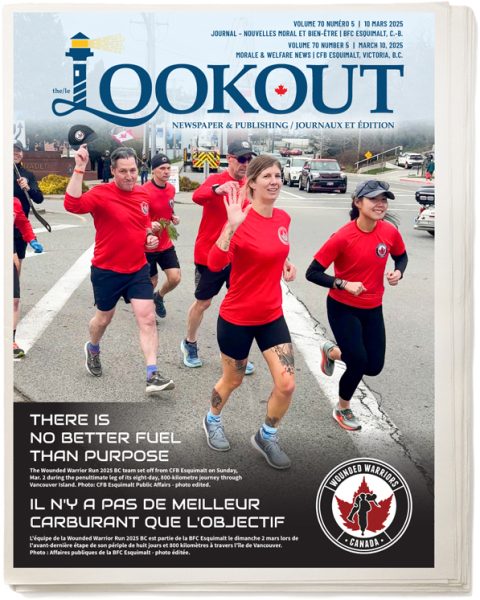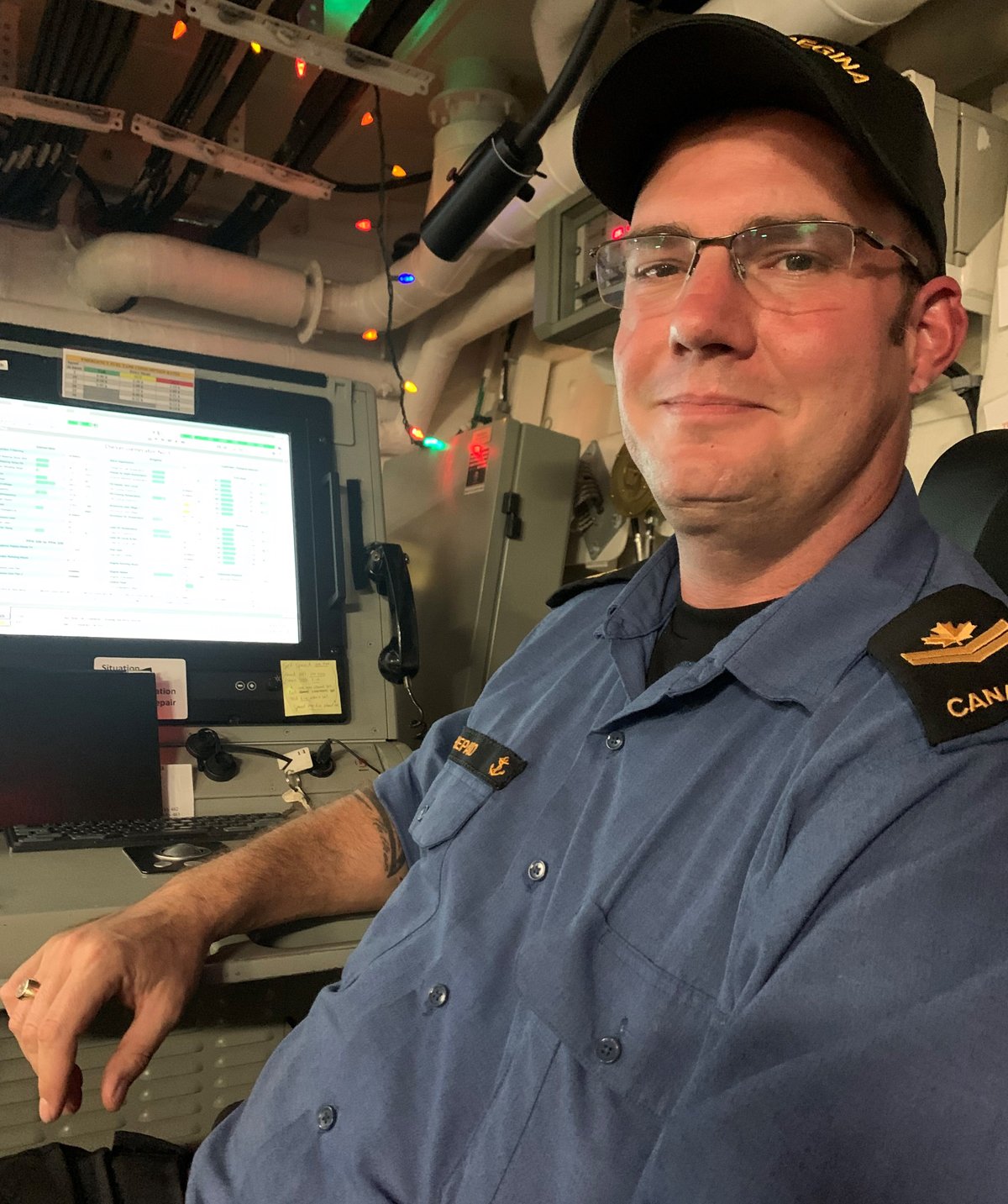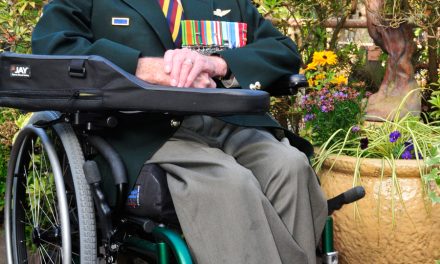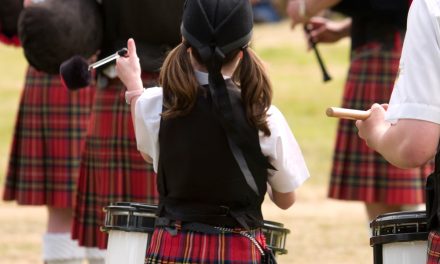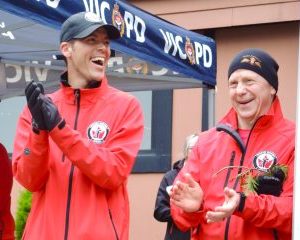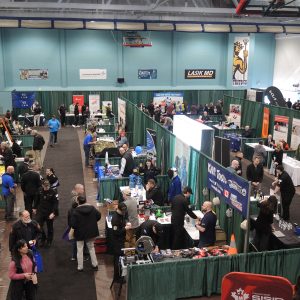Peter Mallett
Staff Writer
––
A junior ranks sailor currently on board HMCS Regina has become the first in his trade to qualify as a Senior Engineering Watch Keeper.
MS Chris Shepard is a Marine Technician. He achieved the noteworthy milestone, usually held by a Petty Officer or higher ranking sailor, Sept. 26 when he passed his final qualification examination during his ship’s return from Rim of the Pacific exercises.
The 38-year-old joined the Royal Canadian Navy as an engineer 11 years ago and says the exam was easily the most stressful but rewarding of his career.
“It’s definitely pretty exciting and felt like a huge weight was lifted off my shoulders now that I am finished with the qualification. Now I have something to look forward to and I am excited for the future as I move towards my goal of becoming a Chief Petty Officer.”
The Marine Technician trade stood up in April 2017, replacing the three legacy trades of Marine Engineer, Marine Electrician, and Hull Technician. The consolidation of trades addressed the changing technology, crew models, and maintenance philosophies associated with the renewal of the fleet including the arrival of Arctic and Offshore Patrol Vessels.
With the new certification comes new responsibilities. During his watch, he manages coordinating and controlling the propulsion of the ship, damage control, power generation, the distribution of equipment and systems to all modes of operation, and supervising the maintenance.
“I am responsible for everything in the engineering plant that keeps the boat moving forward,” says MS Shepard. “It’s a huge responsibility that can’t be taken lightly because a mistake can seriously affect the safety of people’s lives.”
The importance of his achievement was celebrated by his shipmates, his instructors from Naval Fleet School (Pacific), and Regina’s leadership.
“I’m not surprised Chris has hit this milestone as he is one of my strongest professionals in Regina,” said Cdr Landon Creasy, Regina’s commanding officer. “His completion of the new qualification process that supports the reaching of steady-state in the MARTECH program shows a path for others to follow.”
Training for the Senior Engineering Watch Keeper course was designed by the navy’s Naval Personnel Training Group, primarily the Naval Training Development Centre (Pacific), which generated the Qualification Standards Plan, lesson plans, and supporting assessment criteria.
MS Shepard’s new qualification is seen as a “transitional moment” where command has empowered junior leadership to make critical decisions that will have a definitive impact on mission success, explained Capt(N) Jason Boyd, who commands Naval Personnel Training Group, which includes both Naval Fleet School (Pacific) and Naval Training Development Centre (Pacific).
“His qualification was more about the new opportunities that exist in leveraging our sailors’ attributes of skill, competence, and attitude,” said Capt(N) Boyd. “We identify these values early on to drive what makes sense from a leadership momentum, allowing sailors to define themselves in support of mission goals.”
CPO2 Shane Foxe, Marine Technician Training Manager, has identified 25 candidates to follow in MS Shepard’s wake, with eight already undertaking the course. The aim is to have up to four certified Senior Engineering Watch Keepers posted to each frigate.
Candidates need a special aptitude for the job and not all trainees will be successful, he said. They are required to have extensive hands-on skills to operate a ship’s plant, outstanding risk assessment, and the skills to manage six or more personnel in their department.
“The role of a Senior Engineering Watch Keeper is all about understanding any circumstance that could happen on a warship and consider all possible actions as quickly as possible before articulating a response,” he said. “If you can do this and determine all the associated risks with the skills aptitude and confidence to make the right decision in a short duration, then you are the right person for the job.”
Prerequisites for enrolment in the course are significant and include hundreds of hours of in-class time and time logged on a vessel as an engineer. This includes 500 hours of lower-level engineering watch keeping experience, 180 days at sea, and 12 months of duty on an active ship.
––––
